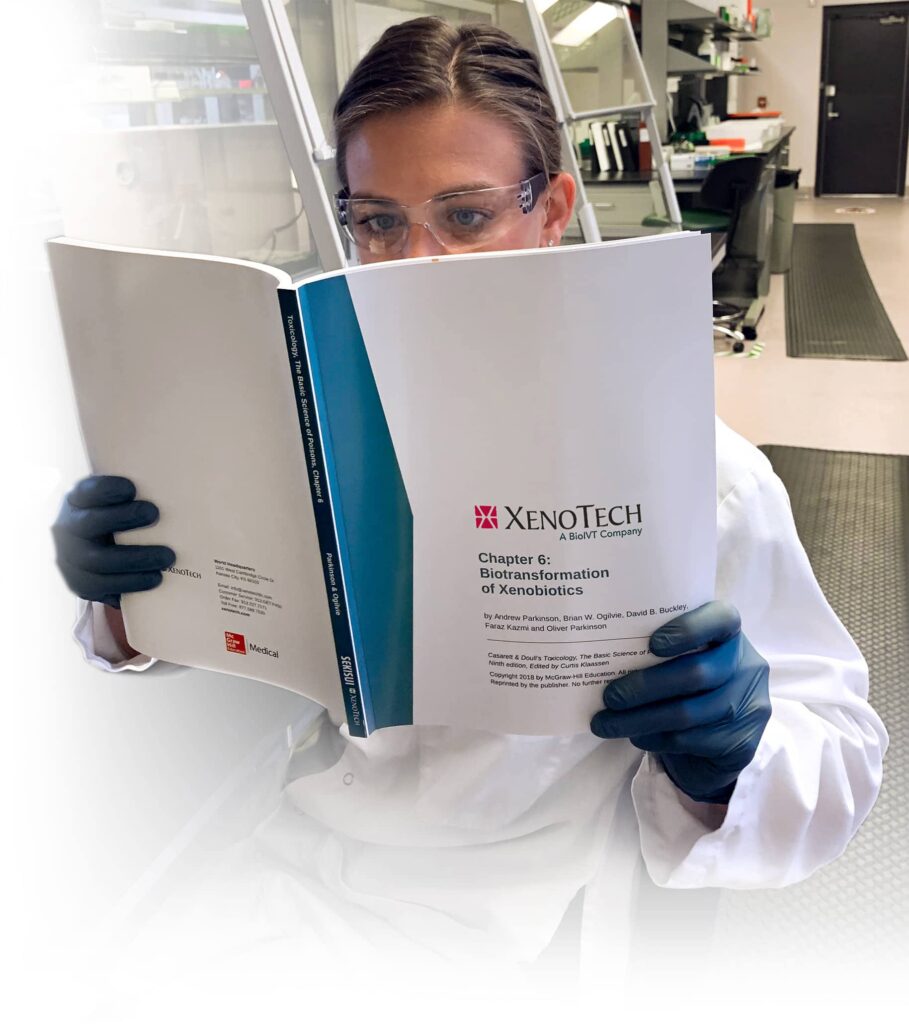
In vitro inhibition and induction of human liver cytochrome P450 enzymes by NTBC and its metabolism in human liver microsomes
Full Title
In vitro inhibition and induction of human liver cytochrome P450 enzymes by NTBC and its metabolism in human liver microsomes
Abstract
2-(2-Nitro-4-trifluoromethylbenzoyl)-1, 3-cyclohexanedione (NTBC, also known as nitisinone and marketed as Orfadin®) is an inhibitor of 4-hydroxyphenylpyruvate dioxgenase (HPPD) that is used to prevent the liver and kidney toxicity associated with tyrosinemia type 1, a metabolic disorder in the tyrosine catabolism caused by fumarylacetoacetate hydrolase (FAH) deficiency. Genetically modified mice deficient in FAH [Fah-/-/II2rg-/-Rag2-/- (FRG) mouse strain] can be repopulated with human hepatocytes to support, among other applications, studies of drug metabolism and disposition. To sustain mouse hepatocellular function prior to (and during) the repopulation with human hepatocytes, FRG mice are treated with NTBC to inhibit the formation of hepatotoxic levels of fumarylacetoacetate (FAA).
In the present study, we investigated the metabolism of NTBC in human liver microsomes (HLM) and the potential for NTBC to inhibit or induce human cytochrome P450 (CYP) enzymes. NTBC (1, 10 and 100 μM) was incubated with multiple concentrations of NADPH-fortified pooled HLM (0.5, 1 and 2 mg /mL) for multiple incubation times (0, 30, 60, 120 and 240 min). Little-to-no loss of NTBC was observed, suggesting that NTBC undergoes little or no oxidative metabolism by human liver CYP enzymes and little-to-no ketone reduction by microsomal carbonyl reductase. These results are consistent with the long clinical plasma half-life (t1/2 ~ 52 –54 h) reported for NTBC. In CYP inhibition experiments, performed with pooled HLM (0.1 mg/mL), NTBC caused direct inhibition of CYP2C9 (IC50 11 μM). NTBC caused no direct inhibition of CYP1A2, 2B6, CYP2C8, 2C19, 2D6 and 3A4/5. Furthermore, NTBC caused no metabolism dependent inhibition of any of the CYP enzymes evaluated…